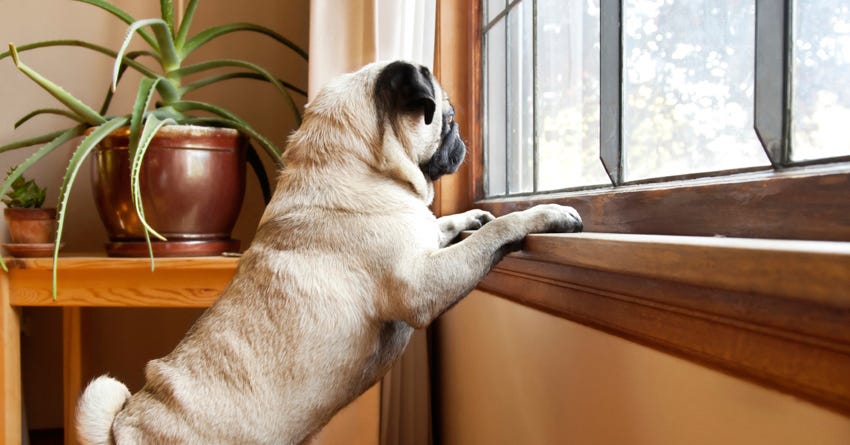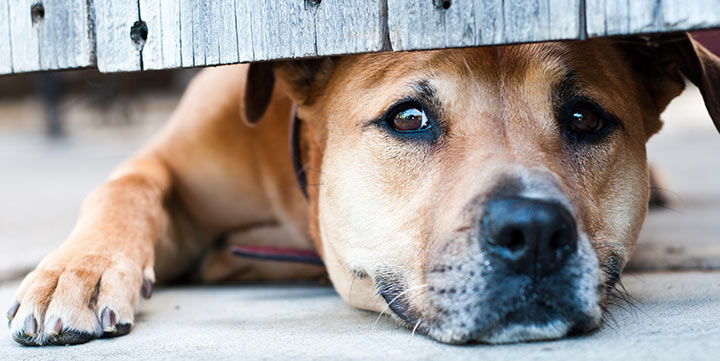Since dogs can’t communicate, it is important to notice when something is up. If you think that your dog is anxious, there are symptoms to recognize and treatments available. You can use the best cbd oil for dogs with anxiety to manage the symptoms.
Some of the common causes of anxiety in dogs are; separation, fear of loud noises, and changes in the environment. There are several options for treating anxiety in dogs and the earlier you spot the anxiety the better.
Pacing and Panting
A dog can start shaking after a bath or roll in the grass however, a whole body shake can be pretty normal unless it’s occurring as a result of a stressful situation. Dogs might be stressed when visiting a Vet, they “shake it off” when they descend from the exam table and go down. Some dogs pace when they are agitated and walk in a repeated path around the exam room waiting for the veterinarian.
Panting is normal behavior but increased panting is caused by anxiety. It helps the dog relax and distracts them from discomfort. While panting due to anxiety, the dog opens the mouth open, lips pulled back, and tongue in his mouth. Dogs that have weight issues pant more often compared to dogs with ideal weight. A physical exam can help determine the cause of panting and pacing.
Whining or Barking
Dogs express themselves using vocalization but this might be intensified when they are stressed. Excessive barking in dogs is usually associated with separation anxiety. There are vocal dog breeds that are known for excessive and inappropriate barking such as Silky Terrier, Yorkshire terrier, Cairn terrier, Wire Fox Terrier, Smooth-Haired Fox Terrier, and West Highland white terrier.
Obedience training and quiet commanding training have proven to be effective in dogs. The owner should also socialize with the dog and bring him around other people and pets. This helps reduce anxiety and overexcitement.
Yawning, Drooling, and Licking
Most dogs yawn even they are tired or bored but they also go when anxious. An abnormal yarn is usually prolonged and intense compared to a sleepy yawn. Excessive drooling and licking occur when the dog is nervous and stressed. Your dog may yawn repeatedly when he’s waiting for the veterinarian.
Dogs yawn when they are anticipating something enjoyable like a walk in fear. Stressed dogs lick their lips frequently though they have not eaten anything. If you notice excessive drooling and yawning, take your dog for a walk or play with them to help relieve the feeling of worry and strain.

Changes in Their Ears and Eyes
Just like humans, dogs start to blink rapidly and the pupils dilate when they are stressed. They might also open their eyes wider and display more white color.
The dog’s ears are pinned backward close to the head, it could be a sign of stress. Your dog may avoid eye contact when you try to look at them. Dogs give a side-eye when they feel freaked out about something.…
